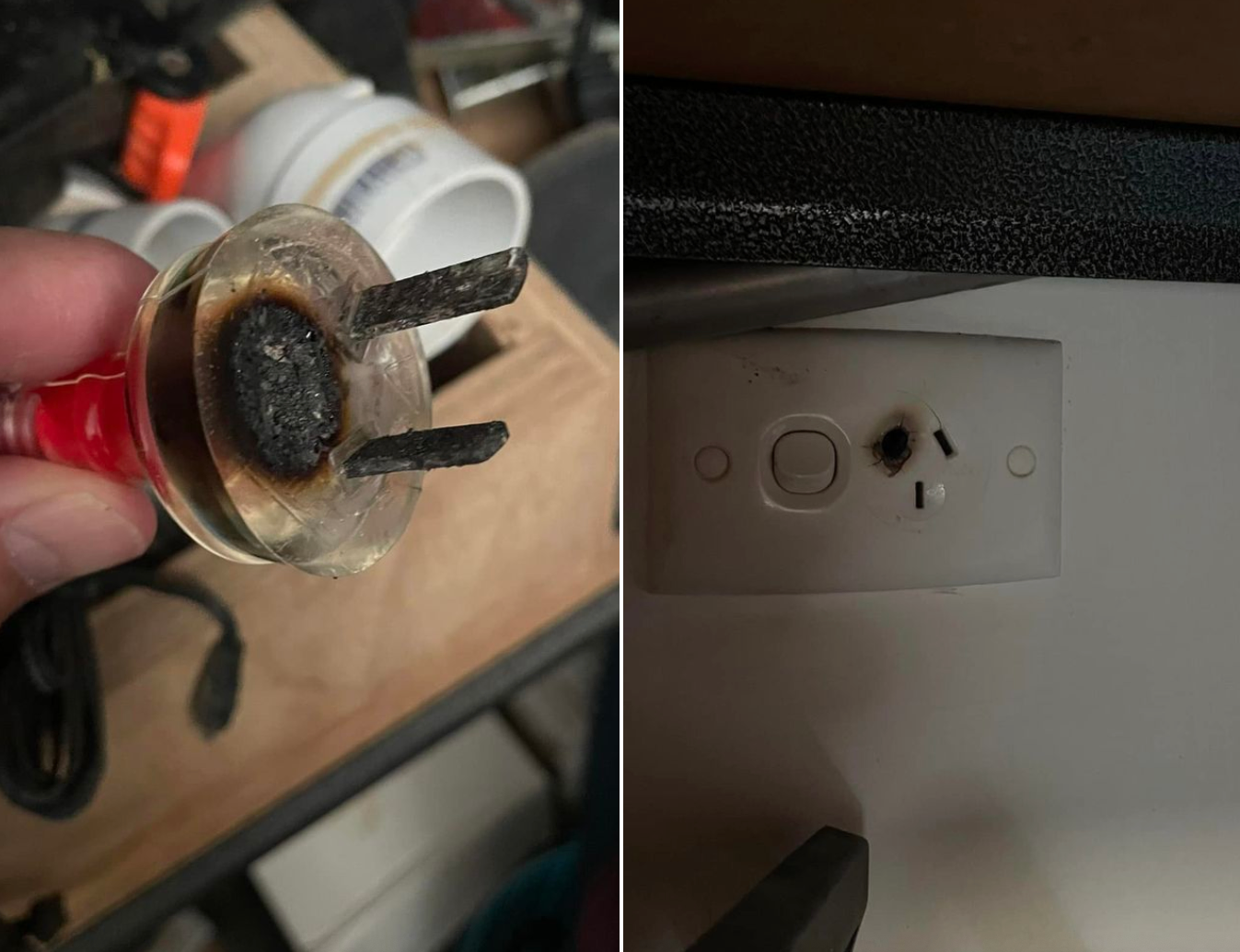As electric vehicles (EVs) continue to surge in popularity, the convenience of home charging has become a significant selling point. Portable EV chargers have made it easier than ever to keep our vehicles powered up and ready to go. However, amidst this convenience lies a critical piece of advice often overlooked: the dangers of using extension cables with portable EV chargers. This blog post delves into why this seemingly harmless practice could be putting you and your property at risk.
The Hidden Dangers of Extension Cables with Portable EV Chargers
Extension cables are a common household item, used to extend the reach of our electrical devices. However, when it comes to charging your EV, they can pose a significant hazard. The core issue lies in electrical resistance and heat generation. Extension cables, especially those not designed for high-current applications, can overheat when used with portable EV chargers. This overheating can lead to damage to the property's infrastructure and, in severe cases, cause fires. A stark reminder of this danger is a photo showing a wall socket burnt out from such an incident, a powerful visual testament to the risks involved.
Understanding Your Portable Charger's Safety Features
Portable EV chargers are equipped with temperature sensors in the plug that connects to the socket. This sensor continuously monitors the socket's temperature, adjusting the current to prevent overheating. It's a sophisticated safety mechanism designed to protect you and your property. However, this safeguard is only effective when the charger is directly connected to the wall socket.

The Compromised Safety of Using Extension Cables and Adaptors
When an extension cable is used, the charger's temperature sensor can only monitor the connection between the charger and the extension, not the critical junction between the extension and the wall socket. This oversight can lead to the powerpoint and or extension cable overheating without detection, especially if it's coiled or covered, further insulating the heat. The risk is not limited to extension cables; using 10 to 15amp adaptors can also overload the power point, bypassing the charger's safety features. A photo of a melted extension cable starkly illustrates the potential for disaster, highlighting the importance of adhering to safety guidelines.
Best Practices for Safe EV Charging
To ensure the safety of your EV charging process, it's crucial to follow best practices and manufacturer guidelines. Avoid the temptation to extend the charger's reach with extension cables or adaptors. Look for chargers with advanced safety features and be mindful of the equipment you use. Safety should always be the priority, not convenience.
Conclusion
The rise of electric mobility brings with it the responsibility to charge our vehicles safely. While portable EV chargers offer convenience, using them with extension cables or adaptors can pose significant risks. By understanding these dangers and adhering to recommended safety practices, we can protect ourselves, our property, and our community. Let's prioritise safety in our journey towards a sustainable future and share this knowledge to foster a safer EV charging culture.

